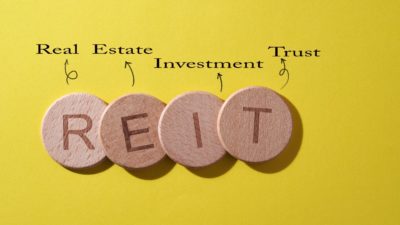Canada’s primary stock market index has less than two months to shape up and finish this year strong. The TSX made an incredible comeback in 2021 to post a nearly 22% gain from only +2.17% during the first COVID year.
As of this writing, the index is down 7.36% year to date, and only three of the 11 primary sectors have positive gains. Energy (+64.16%) is the runaway leader, with consumer staples (+5.08%) and industrials (+0.81%) in far distant second and third, respectively.
But with stubborn inflation and rising interest rates, can the TSX still rebound and beat its gain in 2021?
Remarkable recoveries
The last time the TSX closed in the red was in 2018, with a total percentage loss of 11.64%. Its worst performance was in 2008 during the financial crisis. However, after the stunning 35.03% loss for the year, Canadian stocks recovered to post a collective gain of 30.69% — the highest ever since 1988.
A pattern is apparent where the TSX makes a remarkable recovery after every steep drop. It happened in 2015 (-11.09%) and 2016 (+17.51%) and then in 2018 (-11.64%) and 2019 (+19.13%). Unfortunately, the situation is far different in 2022, because Canadian stocks are coming from a winning year.
Better energy stock
If you’re looking to invest in energy stocks but not necessarily high flyers, consider taking a position in ARC Resources (TSX:ARX). The large-cap stock trades at $19.19 per share (+70.32% year to date) and pays a decent 3.08% dividend.
This $12.43 billion company owns a diverse portfolio of high-quality properties. It produces crude oil, natural gas, and natural gas liquids in the Montney region. In the first three quarters of 2022, cash flow from operating activities and net income rose 120.9% and 1,337.37% year over year to $2.95 billion and $1.56 billion, respectively.
Because of ARC’s strong financial position, the board of directors approved a 25% dividend hike payable on January 16, 2023. Also, management will target returning 50-100% of free funds flow to shareholders instead of 50-80%.
Steady performer
No one expected Uni-Select (TSX:UNS) to hold steady against market tailwinds and heightened volatility in 2022. The $1.85 billion company is a leader in the automotive aftermarket parts sector and distributes automotive refinish, industrial coatings, and related products globally.
In the nine months that ended September 30, 2022, sales increased 7.8% year over year to US$1.31 billion. Notably, net earnings reached US$52.94 million compared to the US$8.11 million net loss in the same period in 2021. The impressive financial results reflect in the stock’s performance.
At $42.13 per share, the year-to-date gain is 63.68%, while the trailing one-year price return is 120.5%. Had you bought 500 shares ($9,555) one year ago, your money would be worth $21,065 today. Uni-Select’s executive chairman and chief executive officer, Brian McManus, said management aims to drive organic growth through volume gains and deliver synergies from recent acquisitions.
Other sectors must step up
Energy stocks might have to replicate the technology sector’s feat in 2020 when it salvaged a positive return for the TSX. Otherwise, other sectors must step up from here until the year-end to avoid a losing year. For prospective investors, ARC Resources and Uni-Select are valuable additions to any stock portfolio.








